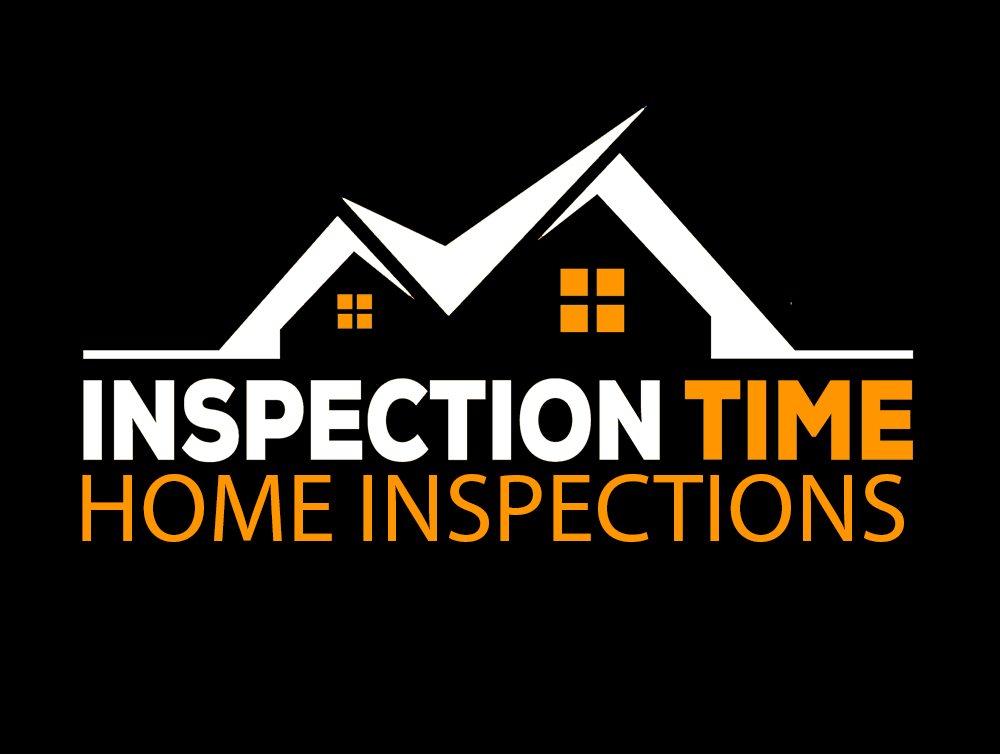Lead Testing | Lead Facts for Inspectors
by Nick Gromicko, CMI®
Did you know Inspection Time is a certified Firm and can Test your home for lead!
Lead is a poisonous metal that was once commonly used in the manufacture of paint, gasoline, and plumbing. While U.S. law has banned the use of lead in new construction, existing lead-based paint and plumbing in homes may present a significant health hazard, especially for children. Inspectors who are not trained in lead detection should not perform lead inspections. They can, however, learn the basic facts about lead so they can answer questions from concerned clients.
A few interesting facts about lead and lead poisoning:
- Before 1955, paint in homes was composed of up to 50% lead. Regulations in the 1970s limited the amount of lead allowed in paint and, today, just 0.06% is permitted under U.S. law.
- The modern English word for “plumbing” comes from the Latin word for lead, plumbum. Lead was used as an inexpensive and reliable material for the vast network of plumbing that supplied Rome and its provincial cities with water. Even the Romans, however, were aware that lead was toxic, and they attempted to reduce their everyday contact with the metal.
- Unlike many other toxins, lead poisoning has no satisfactory threshold that is considered safe. The lower limit of lead concentrations in the human bloodstream considered to be dangerous have been reduced repeatedly. Even the Centers for Disease Control admit that the current acceptable limit for concentrations of lead in the blood of 10 micrograms/deciliter can be dangerous.
Symptoms of Lead Poisoning
Lead poisoning is characterized by an enormous variety of symptoms which are sometimes hard to recognize because they are symptoms of other conditions. Some symptoms include:
- irritability;
- poor muscle coordination;
- nerve damage;
- cognitive impairment;
- reproductive damage;
- coma; and
- death.
Where around the home is lead likely to be found?
- in soil. Even if lead paint has been removed from exterior walls, chips may have made their way into the soil. Also, lead may have been deposited from car exhaust many years ago when gasoline contained high concentrations of lead.
- in dust. Dust can become contaminated in a number of ways, often from soil that makes its way into the home or from lead paint that has been disturbed.
- in plumbing and tap water. Some older houses still have lead plumbing. Even in houses that have copper pipes, lead solder was often used to bond these pipes together.
- in older paint. In 1978, lead-based paint was banned in the United States. Still, homes constructed after that date may have used lead-based paint that had been warehoused.
Advice for Clients
Children are more vulnerable than adults to the effects of lead poisoning, which can cause significant delays in cognitive development. The following suggestions apply to adults as well as children, although they are more critical for children.
- The consumption of certain vitamins and minerals, such as vitamin C, calcium, and iron has been shown to reduce the absorption of lead into the human bloodstream. InterNACHI advises eating a balanced, healthy diet will lead to a reduced chance of suffering lead poisoning.
- If clients are concerned that their children may have been exposed to lead, blood tests can determine if they have lead poisoning. It is more likely that a child will test high for lead exposure if a sibling or playmate has also tested high.
- Children’s hands and faces should be washed regularly with soap and water. Their toys, too, should be washed regularly.
Advice for Clients Concerning Lead Paint
Lead paint hazards are created when lead-based paint peels, flakes, chips, chalks, or creates dust. Locations that are especially vulnerable to this sort of damage are places where painted surfaces, such as windows and doors, rub against each other. The following are also true about lead-based paint:
- Lead paint that is in good condition is generally not considered a safety hazard. Still, small children should not be permitted to suck on or bite any surfaces that are suspected to contain lead-based paint.
- In houses that have lead-based paint, housekeeping should be performed often to clean surfaces that may have become contaminated by lead-laden dust.
- Sweeping and vacuuming in rooms with lead dust will make the condition worse by stirring up lead into the air. Surfaces should be cleaned with wet towels, soap and water.
- Lead paint can be painted over but this is only a short-term solution. The hidden layer of lead paint may continue to crack and create dust. This dust can mix with and contaminate the new layer of paint.
Advice for Clients Concerning Lead Pipes
- Lead pipes can be identified by their dull gray color and they can be easily scratched by keys and coins.
- Boiling water will not remove lead.
- Tap water should be run for 15 to 30 seconds before drinking it, especially if it has not been used for several hours. This clears out the water that was sitting in the pipes that may have become contaminated with lead.
- Only cold water should be used for drinking and cooking if a house has lead pipes. Hot water will absorb more lead from lead pipes.
- Local and state health departments can be consulted about testing tap water for lead.
In summary, lead is a health hazard in homes despite the fact that its use has declined in recent years. It is most common in older homes that have not switched away from lead paint and plumbing.




